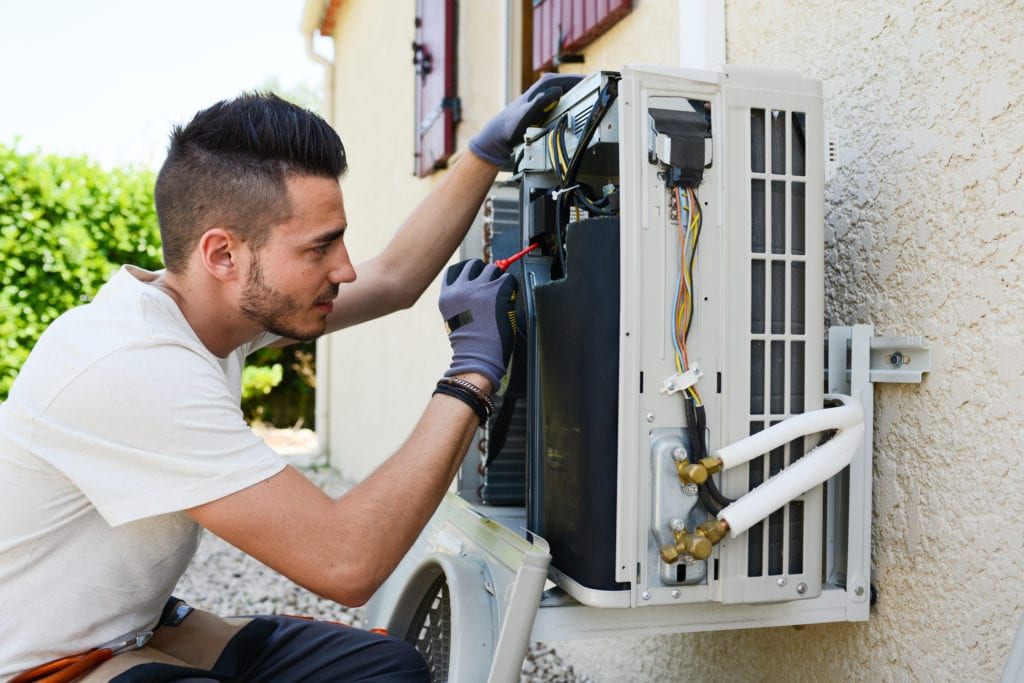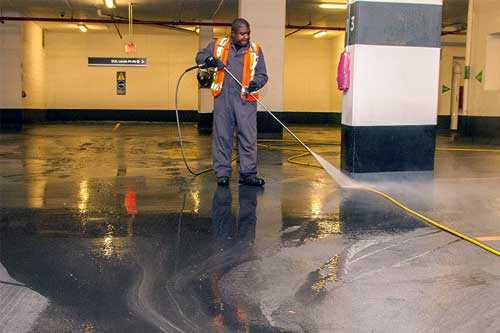Image Source – Google
Floods can cause extensive damage to homes and businesses, leaving behind a trail of destruction. The aftermath of a flood can be overwhelming, but with the right strategies and techniques, you can effectively clean up and restore your property. Here are 10 essential tips for effective flood clean-up services:
1. Safety first: Before starting the clean-up process, ensure that the area is safe to enter. Turn off the power supply to prevent electrocution and wear protective gear such as gloves, masks, and boots to protect yourself from contaminated water and hazardous materials.
2. Remove water: The first step in flood clean-up is to remove standing water from the affected area. Use pumps, wet vacuums, or buckets to extract the water and dry out the space as quickly as possible to prevent further damage and mold growth.
3. Dispose of damaged items: Sort through the damaged items in your home and discard anything that cannot be salvaged. This includes furniture, carpets, and other porous materials that have been contaminated by floodwaters.
4. Clean and disinfect: Once the water has been removed, clean and disinfect all surfaces in your home to prevent the growth of mold and bacteria. Use a mixture of bleach and water to sanitize walls, floors, and other surfaces that have been exposed to floodwaters.
5. Dry out the space: Proper ventilation is essential to dry out the space effectively. Open windows and doors, use fans and dehumidifiers, and consider hiring professional drying equipment to speed up the drying process and prevent mold growth.
6. Inspect for structural damage: After a flood, it's crucial to inspect your property for any structural damage that may have occurred. Look for cracks in the foundation, warped walls, or other signs of damage that may compromise the integrity of your home.
7. Address electrical issues: If your home has been flooded, it's important to have a qualified electrician inspect the electrical system before turning the power back on. Water and electricity do not mix, and damaged electrical systems can pose a serious safety hazard.
8. Contact your insurance company: In the event of a flood, it's essential to contact your insurance company as soon as possible to file a claim and document the damage. Keep a record of all communication and save receipts for any expenses related to the clean-up and restoration process.
9. Hire professional help: Cleaning up after a flood can be a daunting task, so don't hesitate to seek help from professional flood clean-up services. Experienced professionals have the tools, expertise, and resources to restore your property quickly and effectively.
10. Take preventive measures: Once the clean-up process is complete, take steps to prevent future floods by installing sump pumps, waterproofing your basement, and landscaping to redirect water away from your property. Stay informed about weather patterns and be prepared for any potential flooding in the future.
In conclusion, effective flood clean-up services require a combination of safety precautions, thorough cleaning and disinfection, and proactive measures to prevent future flooding. By following these 10 essential tips, you can successfully restore your property and create a safe and healthy environment for you and your family. Remember that dealing with the aftermath of a flood can be challenging, but with the right strategies and support, you can overcome the challenges and rebuild your home or business.




